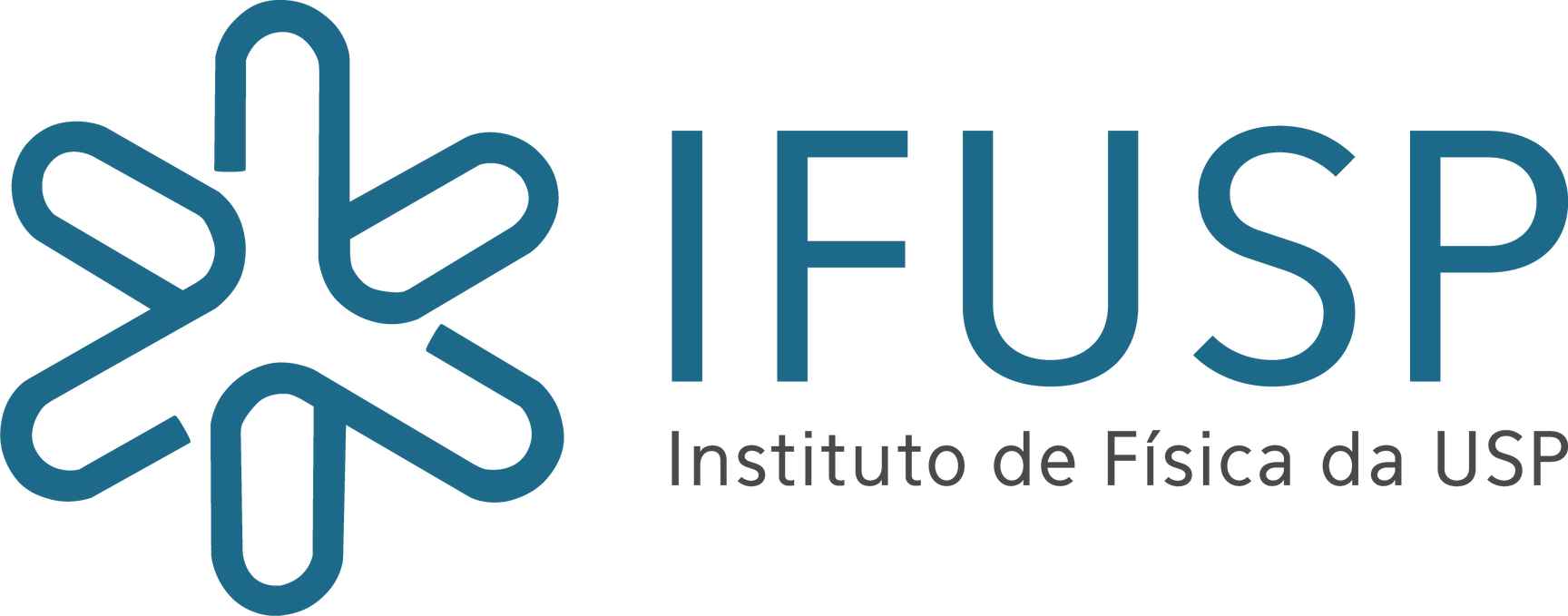DIGITALIZATION AND RESTORATION
Notebook restoration: choices and research
When we think about information, we hardly ever consider the importance of support. The whole work on Aimé Adrien Taunay’s manuscript could only happen based on the care that was taken to preserve the paper and the ink that makes it up. The document arrived at the Museu Paulista in a very deteriorated condition –ink in an advanced process of corrosion, fragile and brittle sheets, broken binding, no cover. Due to its historical value, the teams from both Museum Paulista and Instituto Hercule Florence devoted themselves to its restoration. Besides preserving the document, the process unveiled more information that contributed to better understand it, which made the project an interdisciplinary research.
The restoration of a document usually goes through several stages: a detailed record of the document before and after; page numbering; photographs of details and damage; dry and aqueous cleaning; chemical and physical stabilization of support and inks; binding and storage.
Because of the advanced state of corrosion of the paint, identified as ferrogalic, which caused stains, cracks and a little loss of material in the inked areas, the museum team applied advanced methods to stabilize the process and minimize the damages caused on the notebook. To carry out the project a team from SENAI’s Conservation and Restoration Center was hired, as well as paper curator Gessonia Leite de Andrade Carrasco, who worked as a consultant.
The conservator’s responsibility in the preservation and restoration process is big and needs to be supported by diagnoses, as well as by technical, photographic and textual (reports) documentation. Those technical reports make up the artifact’s file, which is stored and can be made available to interested researchers.
Visual Analyses and Tests:
Visual analysis and chemical tests are the basis for making decisions before and during the conservation treatment. Records are important to evaluate the results and to monitor the document’s state of conservation. It was at this stage that the team was able to observe the presence of the text written in pencil under the ink notes.
Treatment:
The treatment to stabilize the deterioration caused by corrosion of the ferrogalic paint was developed by the Dutch Heritage Institution in the late 1990s.
Laboratório de Conservação e Restauro SENAI:






